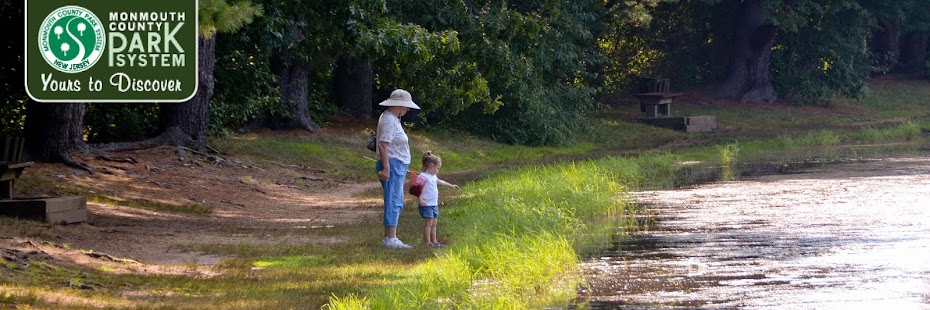 |
| A healthy mixed-oak forest. |
Ongoing Studies Track Forest Health
As the third largest landowner in the county, the Park System is responsible for protecting all the natural resources on this land, including the flora and fauna (plants, animals, and insects). A first step in this process is to understand what needs to be protected, its condition, when a habitat has been compromised, and to what condition it should be restored.
Several ongoing studies evaluate our forest resources to determine their composition, quality, and disturbance. The results help focus our management efforts, financial resources and manpower. The Park System manages approximately 10,000 acres of protected forest. Nearly 250 species of native forest plants and another 50 introduced (or non-native) species, have been catalogued.
This effort has also identified many populations of rare or endangered plant species, and we can now provide a comprehensive list of what plants occur at which parks. This alone is valuable because it lets us know the particular species protected by the parks.
Surveys Determine Forest Value and Composition
Different forest types require different management techniques to protect their resources, and we are now surveying the distribution of plant species in our parks to determine what types of forests we have within our county. At the same time the State of New Jersey is developing a vegetation classification system, and when it is complete, we can use it to assess our own data and see if we have protected a representative of each forest type. We can also use this information to evaluate future park acquisitions to preserve the most valuable remaining forests.
What’s the Score? Floristic Index Evaluates Species
There is also an established ‘scoring’ system for evaluating plant communities, which began with Swink and Wilhelm’s 1979 Floristic Quality Assessment Index (FQAI). The principal concept of FQAI is that the quality of a natural community can be objectively evaluated by examining the degree of ecological conservatism of the plants species within that community. Each plant is given a value based on its fidelity or faithfulness to a particular habitat; it’s degree of conservatism.
For our region, the Bowman’s Hill Wildflower Preserve in New Hope, Pennsylvania worked with many New Jersey botanists to develop an index for statewide use. More conservative species, those found only in specialized habitats and vulnerable to disturbance, are scored higher than generalists. A formula that combines all the scores helps determine diversity and health of the community. The higher the overall score, the higher the uniqueness and quality of the community.
Mapping it All Out
The Park System also evaluates forest plots by overlaying them onto orthophotography (detailed aerial photos) of the park. The forest can then be evaluated in the context of park boundaries; topography; trails; streams; historic, current, and neighboring uses; and many other factors that may affect quality.
One valuable application of this process is that we can determine what components within the plot are the detractors or negative contributors to the value, such as impacts from invasive species. Visualizing the plots in context allows for better management of the park as a whole.
Historic Analysis Yields Interesting Results
When a forest plot was laid over aerial photographs from the 1930s, it becomes apparent that today’s high quality plots are consistently found in areas that were forest back at that time (and remained forest in the interim). One surprising find was that the remnant of an old growth forest at Thompson Park has retained relative high quality over time, despite being fragmented by surrounding farms and creation of the Swimming River Reservoir.
The trend holds true in other parks, such as Crosswicks Creek Greenway and Clayton Park, where continuously forested areas yield high quality values today. Extending this analysis may point us to other areas where rare or endangered species exist, and these areas may serve as models for forest restoration efforts, providing a rare glimpse of remnant communities not disturbed by agriculture or development.
For further reading on forest communities in the parks, please see the Healthy Habitats link under Natural Resources on our website: www.monmouthcountyparks.com.
This article was published in the 2009 fall edition of the Green Heritage Newsletter (click on the link to view it in full color with photos). If you would like to start receiving our newsletter by mail, click here.

